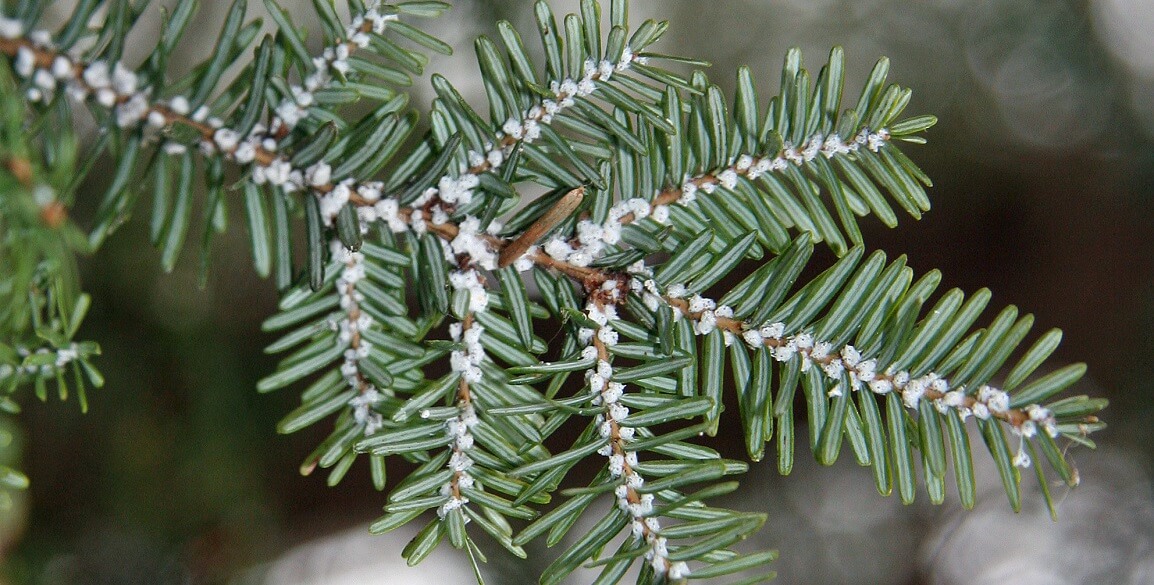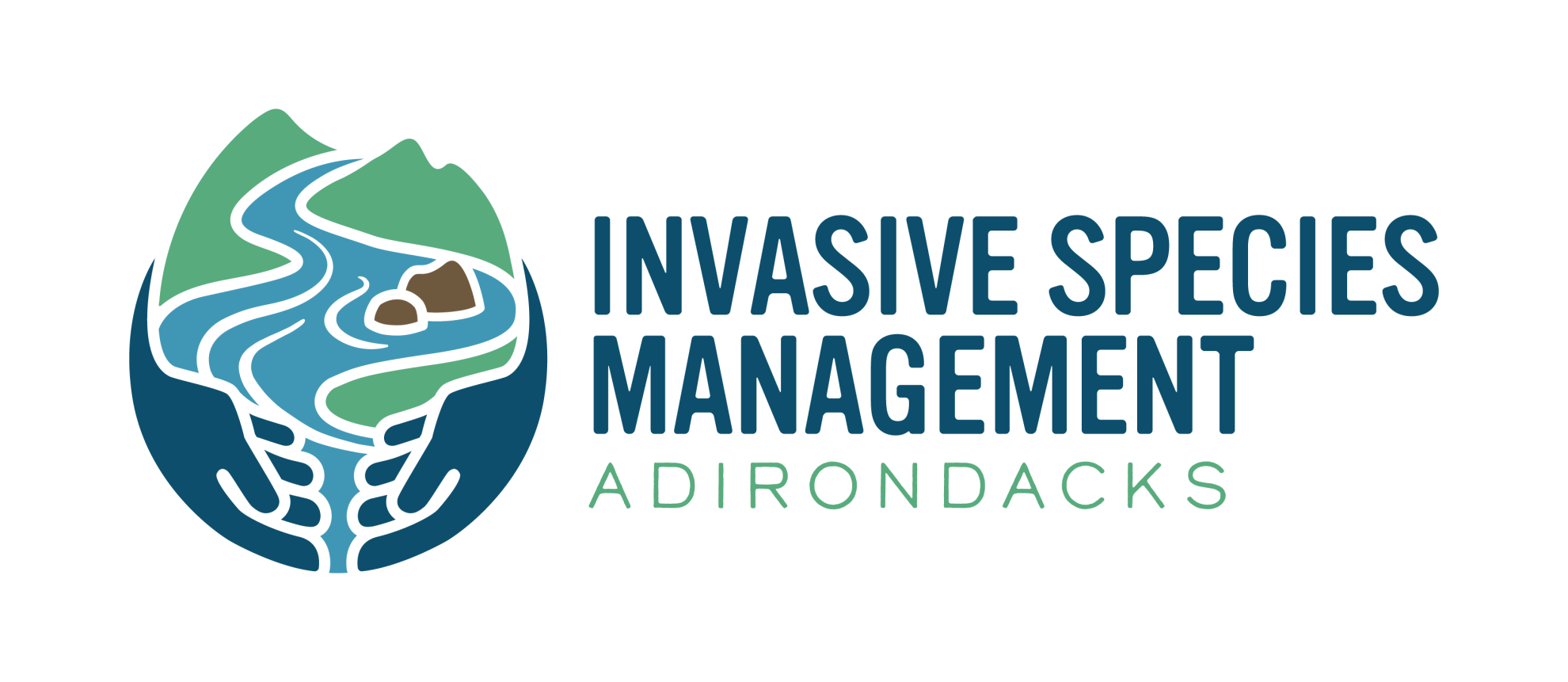Partner Meeting November 4; “Uninvited” Film Screening November 5; Fascinating New Research Papers

Partner Meeting November 4; “Uninvited” Film Screening November 5; Fascinating New Research Papers
Dear Colleague,
November is right around the corner. We are kicking off the month with our Fall Partner Meeting on November 4 and a lunchtime screening of the new documentary, “Uninvited,” on November 5. Registration information for both events is below. I am also happy to share two new research papers APIPP staff or former staff contributed to; read more below about carbon sequestration and remote sensing and the intersection with invasive species.
APIPP Fall Partner Meeting: Thursday, November 4, 9:30am–12:00pm (Zoom)
APIPP will host its Fall Partner Meeting virtually on November 4 from 9:30am-12:00pm. Please mark your calendar now, and click here to register. Join APIPP and our partners to learn about new invasive species detections in the Adirondacks and to hear invasive species management success stories from the 2021 field season. There will be two featured speakers. Sawyer Gardner from the U.S. Department of Agriculture will report on emerald ash borer biocontrol releases in the region. Michale Glennon from the Adirondack Watershed Institute will discuss new data about recreational boating activity in the Adirondacks and the connection to the spread of invasive species.
Given the virtual meeting format, updates from partners will be shared via a slide show during the meeting break and will be shared with all participants after the meeting. Partners are encouraged to share updates by submitting a PowerPoint slide (or a photo and some text bullets) with their update to Tammara Van Ryn no later than October 29. Partners will be invited to share longer updates in “round-robin” partner roundtables planned for February 8, 2022 (terrestrial invasive species) and February 10, 2022 (aquatic invasive species).
“Uninvited” Documentary Screening: Friday, November 5, 12:00pm (Zoom)
APIPP is excited to host an online watch party for “Uninvited,” a new hour-long documentary from the NYS Department of Environmental Conservation (NYSDEC) about its efforts to control invasive species in NY. Grab your friends and family and join all eight Partnerships for Regional Invasive Species Management (PRISMs) across NY on Friday, November 5, at 12:00pm EST as we debut this new release online over Zoom. View the two-minute movie trailer here.
APIPP's Emily-Bell Dinan will facilitate a live Q&A session following the screening with special guests from NYSDEC and partners featured in the film—including the invasive species-sniffing “Working Dog Crew” from the New York-New Jersey Trail Conference! RSVP to join the Zoom here.
New Research Papers
Forest Pests, Climate Change, and Carbon Sequestration
A new study on the serious impacts of forest pests on forest-based carbon was written by a cross disciplinary team with lead author, Brendan Quirion, former APIPP Program Manager. According to the study, insects and diseases that are damaging and killing trees across the contiguous United States are also reducing the ability of the nation’s forests to capture and store climate-changing carbon dioxide.
Published in the journal Frontiers in Forests and Global Change, the study found that forests damaged by insects sequestered 69% less carbon than undamaged forests. Forests affected by disease sequestered 28% less carbon. In total, the damage caused by insects and diseases across the contiguous US is reducing the carbon sequestration potential of America’s forests by roughly 50 million tons of carbon dioxide each year—the equivalent of emissions from more than 10 million cars. You can read the full paper, “Insect and Disease Disturbances Correlate with Reduced Carbon Sequestration in Forests of the Contiguous United States,” here.
Remote Sensing and Invasive Species
Invasive species are increasingly present in our ecosystems and pose a threat to the health of forest ecosystems. Practitioners are tasked with locating these invasive species and finding ways to mitigate their spread and impacts, often through costly field surveys. Meanwhile, researchers are developing remote sensing products to detect the changes in vegetation health and structure that are caused by invasive species, which could aid in early detection and monitoring efforts.
In “Crossing the Great Divide: Bridging the Researcher—Practitioner Gap to Maximize the Utility of Remote Sensing for Invasive Species Monitoring and Management,” a group of researchers and practitioners, including APIPP’s Conservation and GIS Analyst Zack Simek, discuss the challenges to bridging the gap between researchers and practitioners. They summarize the literature on this topic and draw from their experiences collaborating with each other to advance detection, monitoring, and management of the hemlock woolly adelgid. You can read the full paper from the Journal of Remote Sensing here.
Happy Halloween,
Tammara

